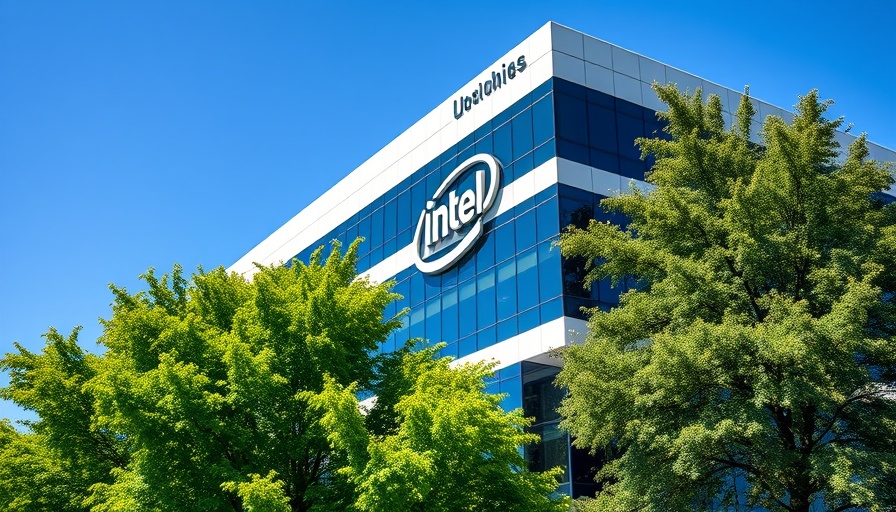
Intel's Strategic Move: The Spin-off of NEX
In a bold reshaping of its operational strategy, Intel Corp. has announced plans to spin off its NEX networking business into an independent company, as confirmed by Sachin Katti, the unit's senior vice president. This decision is part of a broader restructuring initiative aimed at scaling down Intel's presence in various markets to focus on core competencies. The forthcoming spin-off is not just a financial maneuver; it signifies a commitment to enhancing innovation and customer engagement within the rapidly evolving tech landscape.
Understanding NEX's Contributions to Networking
NEX, a unit previously integral to Intel's data center solutions, specializes in networking semiconductor technology. Notably, it boasts successful products like the Atom P7000 CPU series, which excels in handling colossal traffic—up to 100 gigabits per second—across multiple ports. Industries reliant on high-performance networking solutions, such as telecommunications, will be particularly keen to witness how the newly independent NEX can pivot and thrive, possibly increasing competitive pressures within the market.
What This Changes for Intel and Its Investors
While Intel retains an anchor investment in the newly minted company, the intention to attract additional strategic partners suggests a move towards collaborative growth fueled by external investment. This mirrors Intel's recent history—such as the partial sale of its Altera subsidiary—which illustrates a shift towards a more decentralized business approach. The question looms: will this strategy empower NEX to accelerate innovation and adapt to market demands more swiftly?
The Financial Implications and Broader Market Context
The ramifications of this spinoff extend beyond mere corporate restructuring; they represent a pivotal moment in the semiconductor industry's competitive landscape. In the previous fiscal year, NEX generated a substantial $5.8 billion in revenue, and while revenue reporting methods have changed, the underlying economic impact of such units cannot be understated. As Intel projects a 15% reduction in workforce this year, aligning its operational structure with financial performance ambitions raises eyebrows—could this lead to a smarter, leaner tech giant?
Future Directions: Opportunities for Innovation
This strategic realignment is not just about cutting costs; it’s about adapting to a future where agility and innovation are paramount. As Katti indicated, spinning off NEX will enhance the company’s ability to innovate rapidly and invest in new offerings vital for maintaining competitive advantages. This transition opens avenues for NEX to flourish unencumbered by Intel's broader strategic challenges while aligning with shifts in technology needs.
Ultimately, this move could act as a catalyst for further innovations within networking technologies, potentially yielding new partnerships and revitalizing product lines based on market demands.
For business leaders and tech-savvy professionals, this is a crucial juncture—monitoring how such shifts change the landscape will be pivotal for strategic decision-making in the months to come.
 Add Row
Add Row  Add
Add 










Write A Comment